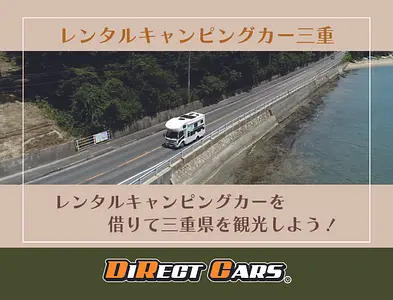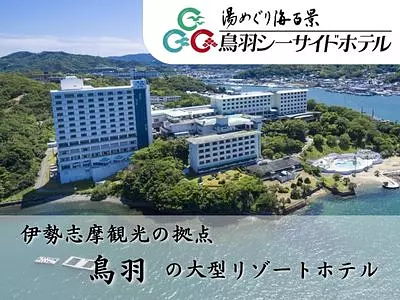Let's enjoy the famous spots in Nabari ♪ We visited the popular spots in one day!
掲載日:2012.08.02
We covered Nabari's new attractions, ``Healing Village Nabari Hot Springs'' and ``Toretate Nabari Community Center,'' as well as ``Nabari Town'' around Hatsuse Kaido. (July 2012)
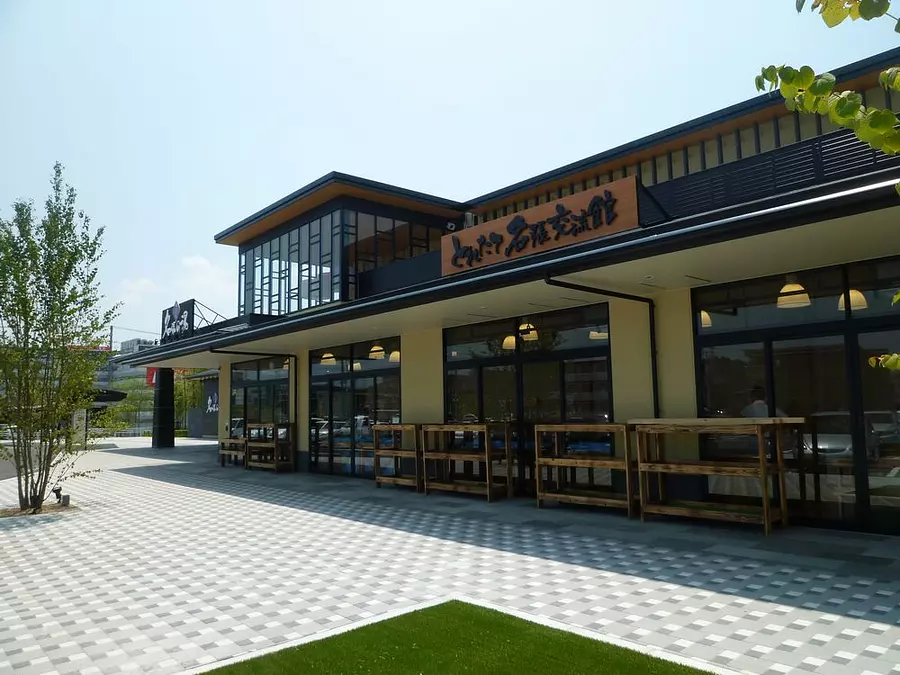
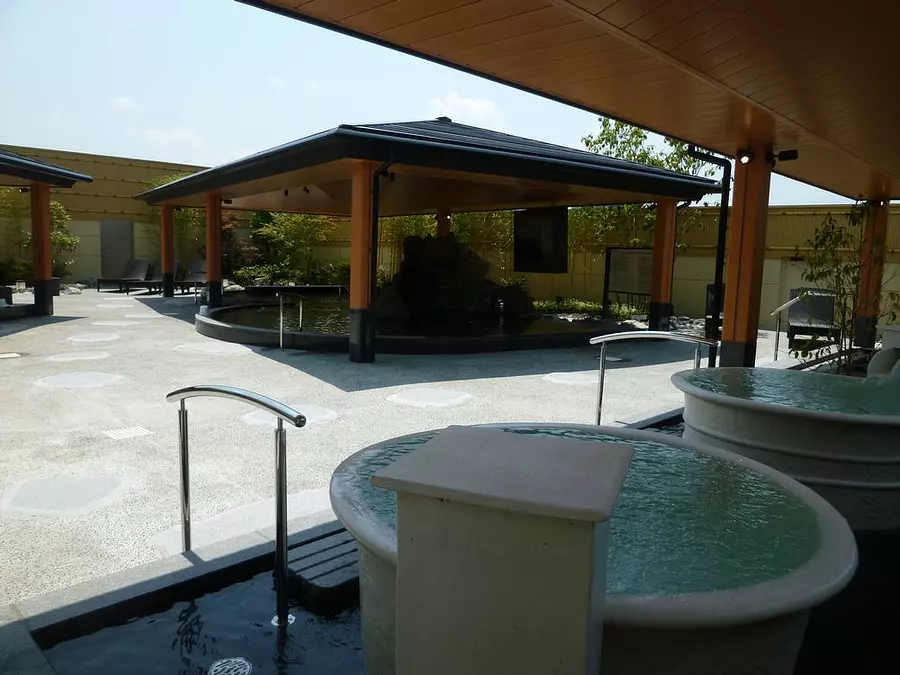
Healing Village Nabari no Yu Phone: 0595-28-5526
Business hours 10:00-24:00 Open all year round (However, there may be temporary closures for maintenance)
Bathing fee Adults (junior high school students and older) 700 yen, Children (4 years old and older up to elementary school students) 350 yen, Infants free
Bedrock bath (elementary school students and older) 700 yen *Separate bathing fee required
http://www.nabarinoyu.com/
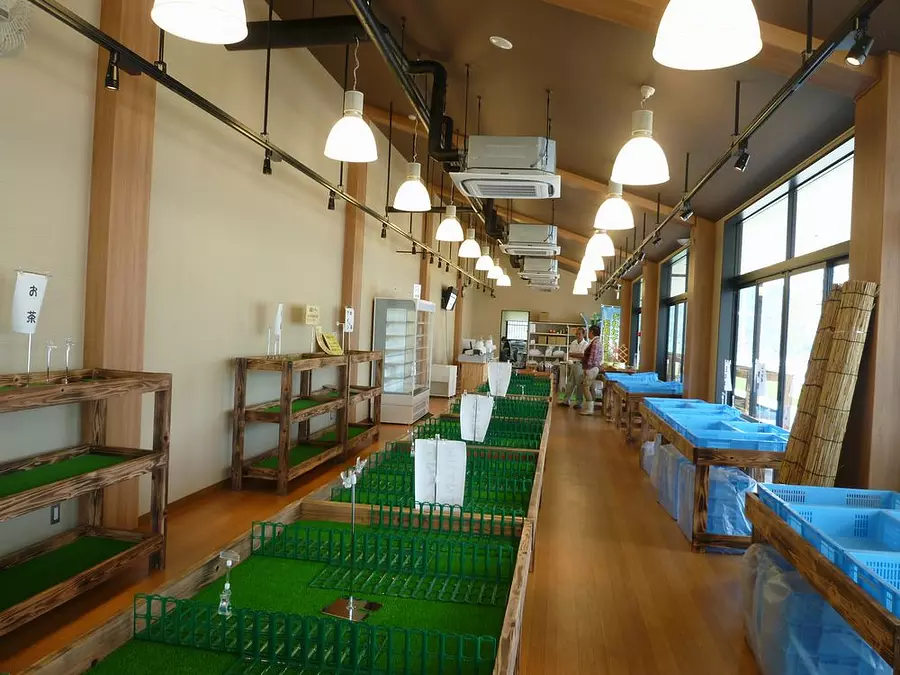
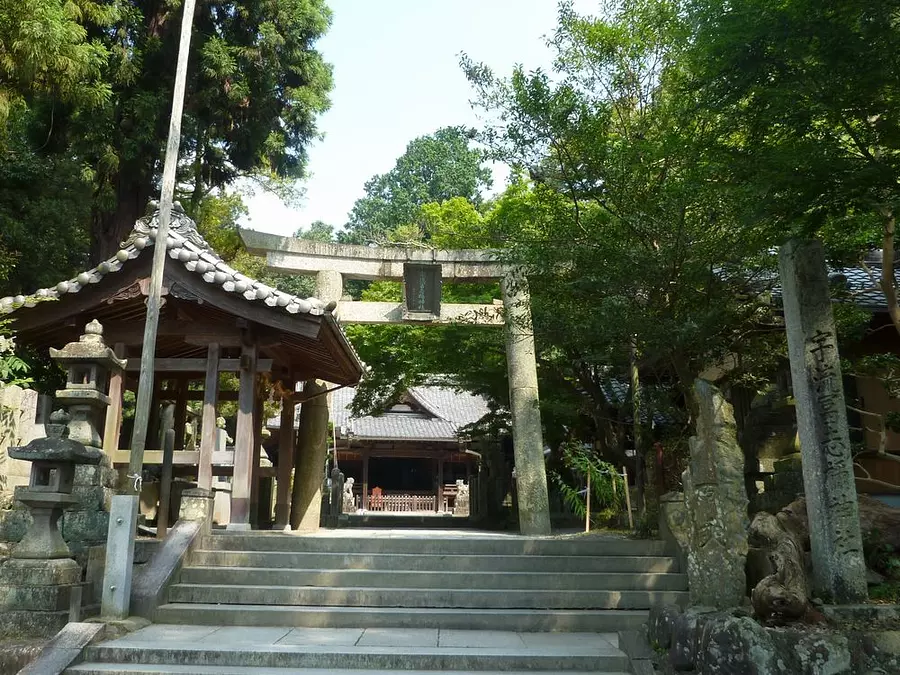
Urufushine Shrine Phone: 0595-63-0486
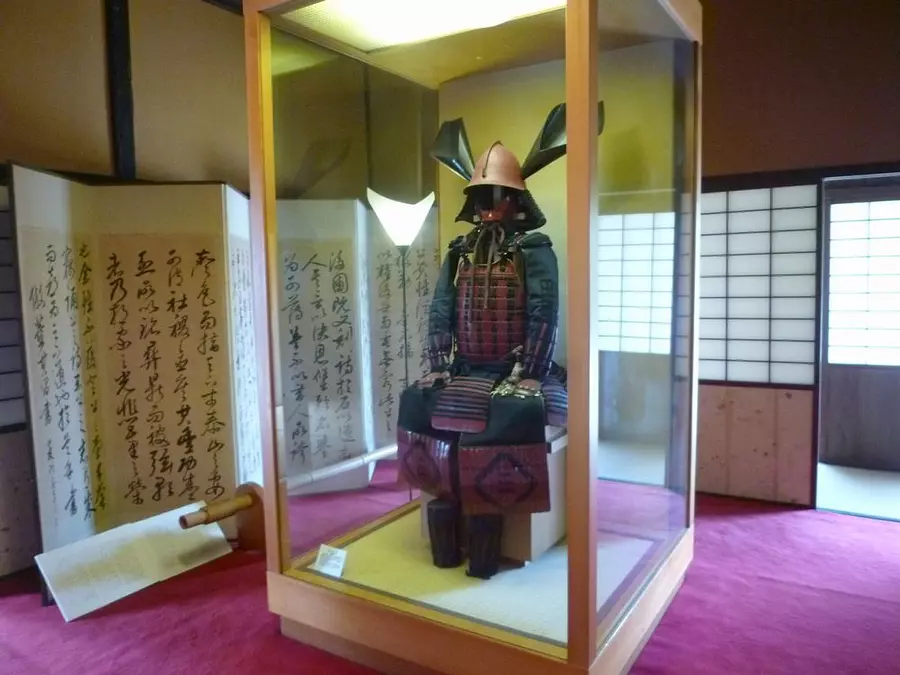
Nabari Todo Family Residence Ruins Tel: 0595-63-0451
Opening: 9:00-17:00 *Closed: Mondays, Thursdays (the following day if it is a holiday), New Year holidays
Price: 200 yen for adults, 100 yen for high school students, free for elementary and junior high school students
(Common admission ticket with Natsumi Haiji Exhibition Hall: 300 yen)
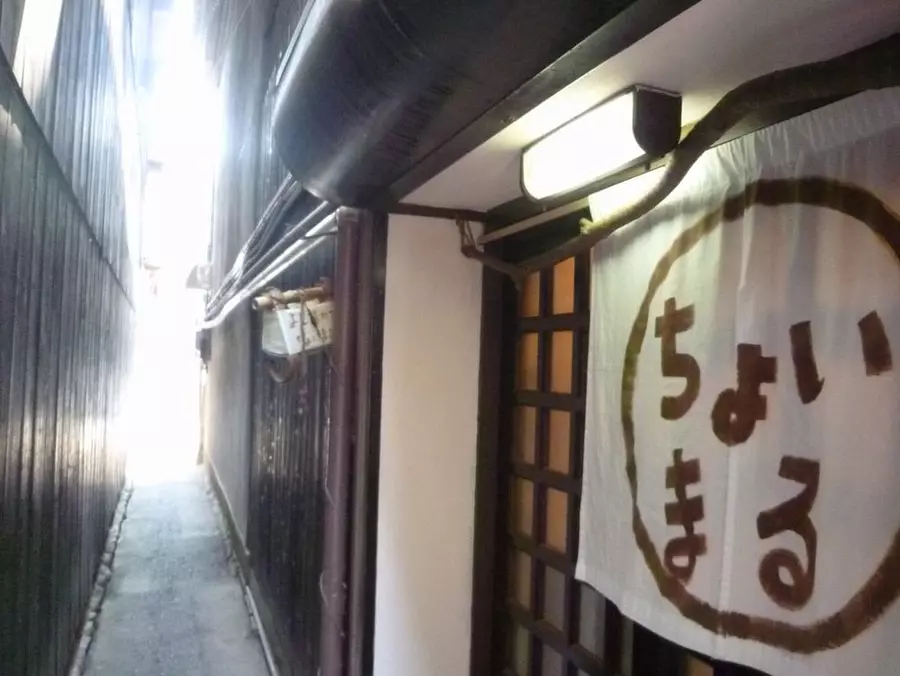
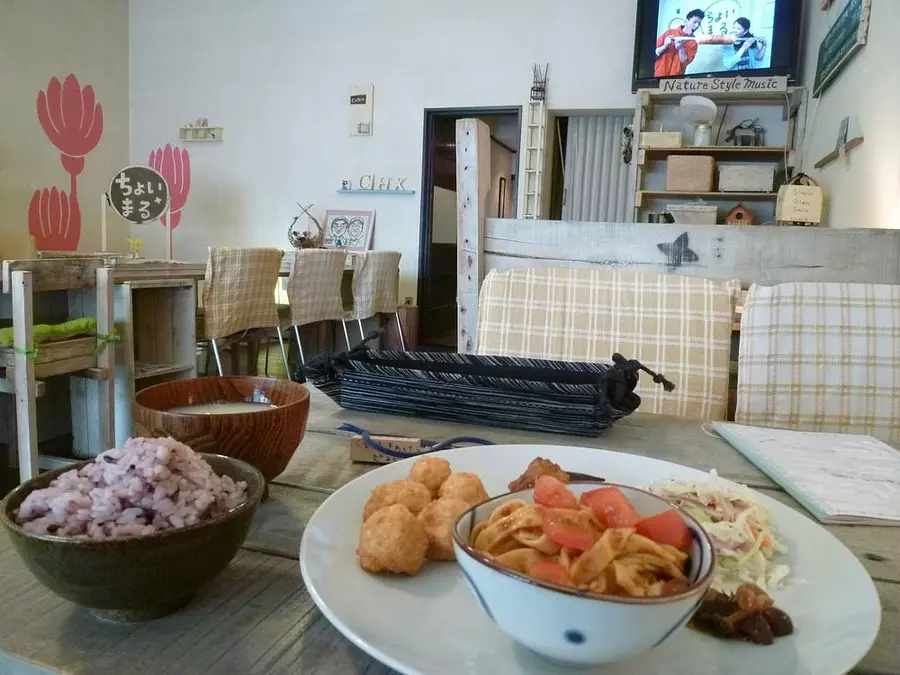
Chomaru Cafe Phone: 0595-48-7730
Business hours: 11:00-19:00 *Closed on Wednesdays
http://cyoimaru.com/cafe/
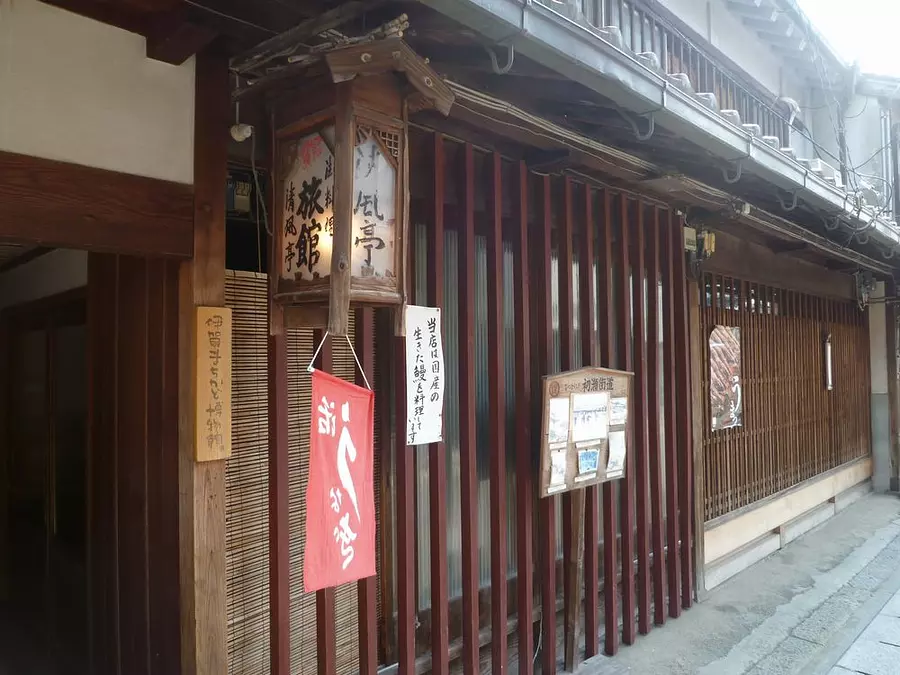
This is Seifutei, a culinary inn.
Seifutei Phone: 0595-63-0050
*Tours as the Machikado Museum are open from 14:00 to 16:00 (closed on Mondays, reservations required)
Machikado Museum HP
http://www.bunka.pref.mie.lg.jp/matikado/asp/detail.asp?kan_id=107
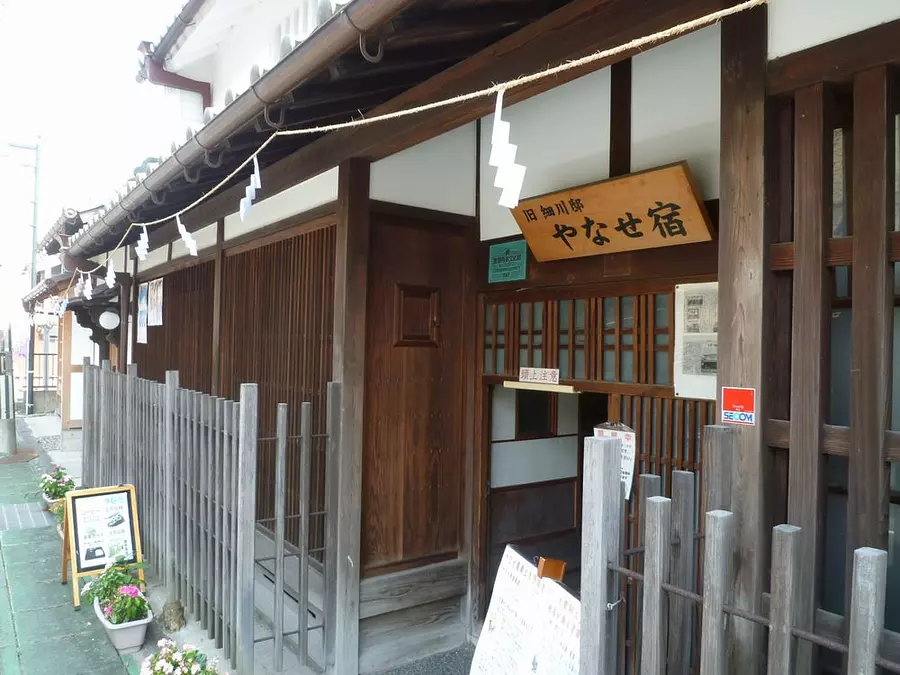
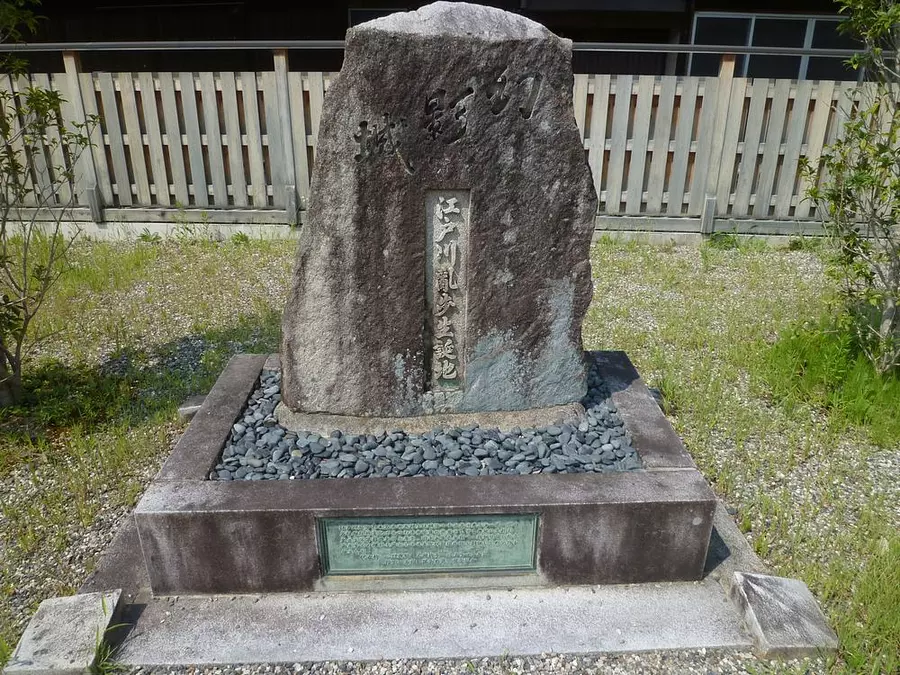
*The information posted is as of July 2012.
| Category | |
|---|---|
| season | |
| area |
Related spots
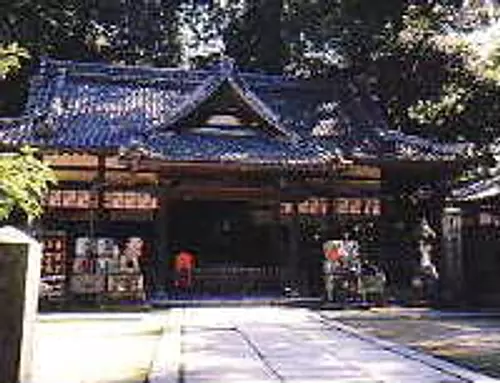
Urufushine Shrine
Iga
NabariCityThere are many deities enshrined here, including Amagoyane no Mikoto, Shikimatsutsuchi no Mikoto, and Hinokaguushi no Mikoto. The buildings include the main shrine, worship hall, sanctuary, shrine office, mikoshi storage, and ceremonial hall. It is a Shikinai shrine and is said to have been built before the 8th century. The Autumn Festival is held on the last Saturday and Sunday of October every year. Mikoshi (portable shrines) are paraded through the town, lion kagura is performed in the temple grounds, and many food stalls are set up, attracting a large number of people. After 8 p.m., you might come across a procession of paper lanterns carrying torches and chanting ``Nendonen Doi Wai'' as they walk toward the shrine. In addition, one of the torii gates of this shrine is designated as a cultural property by the city, and there are three torii gates. The 45 Noh and Kyogen masks donated by the Todo family have been designated as prefectural cultural assets. You can get a goshuin stamp here. (Goshuin 300 yen)
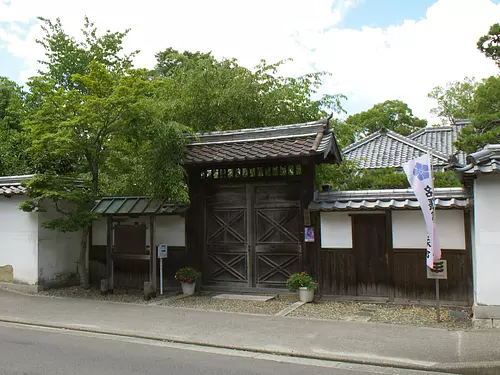
Nabari Todo family residence ruins
Iga
NabariCityThe Nabari Todo family residence began with Takayoshi, who was the third son of TakatoraTodo Nobunaga's chief retainer Niwa Nagahide and adopted by Todo Takatora, and has been living in Nabari since 1636. He was given 15,000 koku by the Tsumoto family, and was the 11th generation to celebrate the Meiji Restoration. The existing building was destroyed by the Great Nabari Fire in 1710, but was rebuilt afterward.According to the mansion map passed down to the Todo family, it has several functions due to its usage and the character of the building. The number of tatami mats listed is 1,083 tatami mats. Most of the building was demolished in the first year of the Meiji era, but a part of the inner part of the building was used for daily life, such as the inner part called "Onishi", a celebration room, a tea ceremony room, and the main gate (to Juei Shrine). It is a valuable example of an early modern samurai residence, of which there are few remaining structures nationwide. Inside the building, furniture passed down from the Nabari Todo family, as well as weapons, classic books, and documents are on display, allowing visitors to get a glimpse of the lives of senior samurai in the early modern period.
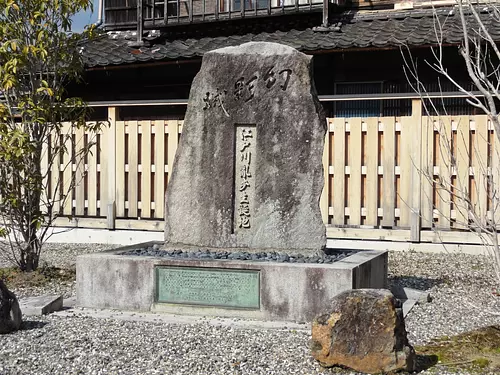
EdogawaRanpo Birth Monument
Iga
NabariCityEdogawaRanpo was born in Nabari on October 21, 1897. A monument to his birth stands quietly in the elegant townscape ("Hiyawai") near Eirinji Temple. In addition, NabariCity Library has a Ranpo corner, where a wide range of exhibits are on display, from materials related to Ranpo to his favorite items from when he was alive.

